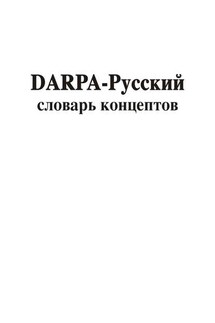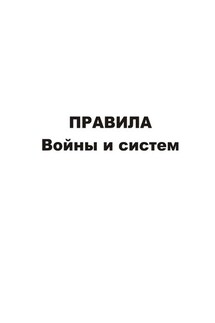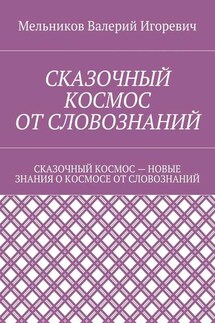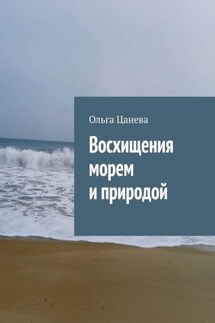Новые конепты
(упражнени для перевода)
To understand the difference between correlation and causation in real data.
Two largely disconnected fields have explored this problem in depth:
(1) statisticians and computer scientists motivated to understand the mathematics of randomized controlled trials and similar tests, and
(2) quantum physicists motivated to test local hidden variable theories of quantum correlations.
Can combined insights from these two communities provide a new way to understand, test, and debug errors in quantum computers?
Quantum Bio-Computing
whether some biological phenomena manifest and exploit quantum entanglement.
Moreover, if it is exploited, might it play a role in some kind of computational process? An important series of related sub-questions may be more amenable to answers and DNA might be a logical place to start. What physical parameters might be entangled and what would be the physical mechanism leading to those parameters being entangled? What is the physical evidence that there is entanglement? What might the physical/biological consequences be of that entanglement? Is there a bio-communication or bio-computational consequence that a classical description fails to explain? One typically assumes that entanglement is fragile and decoherence eliminates it. A biological system is far from the super-cooled environment usually associated with quantum computers. It is a highly nonlinear non-equilibrium system. Nevertheless, in DNA, at «room» temperature, segments of coherence in electron spin or electron flow might occur but this does not mean there will be entanglement. The well-established Bell inequality tests for entanglement were developed through straightforward logical arguments. Is there a Bell’s test for some function of DNA? We have to be cautious. We can show positive outcomes for strongly correlated phenomena as shown in some classical optical coherence experiments in which just two parameters like polarization and mode can be entangled. There is a difference between correlation and entanglement of parameters at one location and truly non-local entangled phenomena. Are co-operative and coherent events in biology better understood using a quantum description? Is there physical evidence that entanglement might be exploited by DNA associated with the speed and dynamics of its generation or its information transfer role? Might these dynamic effects be a cause of entanglement? Is there a computer program that DNA represents which governs its information processing role in biology as a quantum computer? Are there solutions or outcomes that would be difficult to explain or even realize otherwise? Clearly, answers to these questions and a deeper understanding of a bio-quantum computer could impact not only our appreciation of biology and medicine, but also could advance quantum computing as well as other topics such as neural interfaces to computers using molecular electronics.
constitute a general theory of complexity or new axioms of complexity that could potentially be applied to several disciplines within physics, chemistry, biology, neuropsychology, applied sociology, etc.
new ways to separate correlation and causation in complex data







